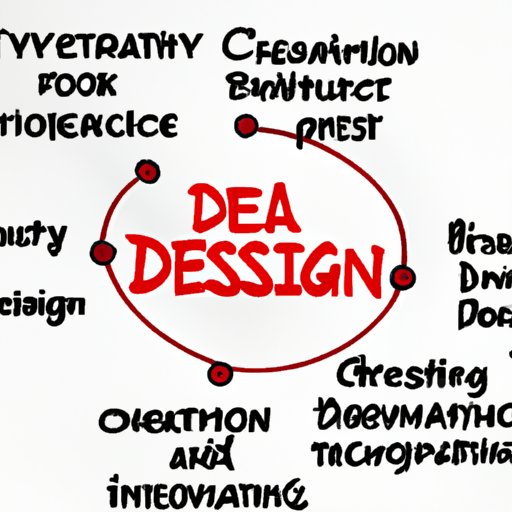Introduction
Creative design is a form of art that combines aesthetics with function. It is used to create products, marketing campaigns, architecture, websites, and more. In this article, we’ll explore the basics, principles, and benefits of creative design, as well as its role in modern technology and the challenges it presents.
Exploring the Basics of Creative Design
So what is creative design? According to UX Magazine, “Creative design is the process of creating unique ideas, concepts, and visuals to communicate an idea or message to a specific audience.” Creative design is used to create a wide range of products and services, from marketing campaigns and websites to physical objects like furniture and cars.
There are several types of creative design, including graphic design, web design, industrial design, interior design, fashion design, and product design. Each type of design has its own set of techniques, tools, and processes for creating a design that meets the needs of the user or customer.
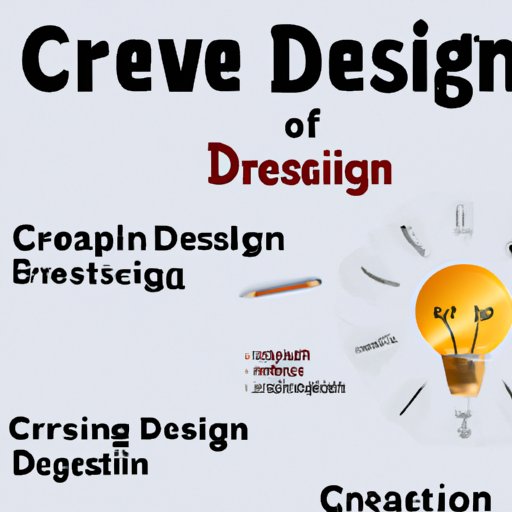
Understanding the Principles of Creative Design
The first step in creating a successful design is to conceptualize the project. This involves researching the target audience and their needs, as well as understanding the purpose of the design. Once these elements have been identified, the designer can begin to create a concept for the design.
The next step is to identify the elements of creative design. These include color, shape, texture, line, pattern, and typography. Each element should be chosen based on the desired outcome of the design and how it will be used. For example, a website design may require different colors and fonts than a brochure design.
The third step is to plan and execute the design. This involves using the elements to create a design that meets the needs of the target audience and communicates the desired message. This may involve creating several drafts of the design before settling on the final version.
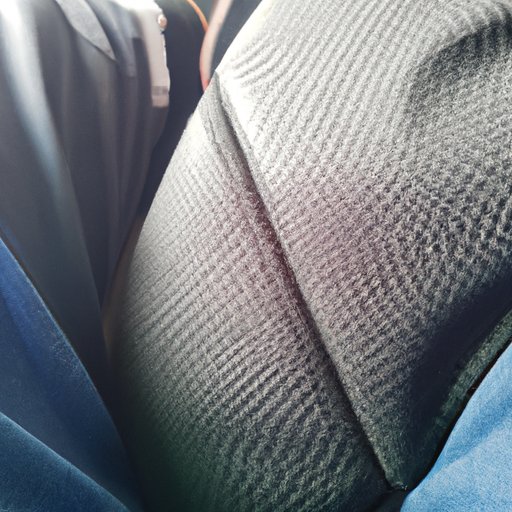
Examples of Creative Design in Everyday Life
Creative design can be seen everywhere in everyday life, from the products we buy to the marketing campaigns we see. Here are some examples of creative design in various forms:
Products: Products such as smartphones, cars, and furniture are all designed with both form and function in mind. The design of each product must be visually appealing and functional in order to be successful.
Marketing Campaigns: Many companies use creative design to create effective marketing campaigns. From billboards to television commercials, creative design is used to convey the message of the campaign and engage the target audience.
Architecture: Architects use creative design to create buildings that are both aesthetically pleasing and structurally sound. The design of a building must meet the needs of its users while also fitting into the surrounding environment.
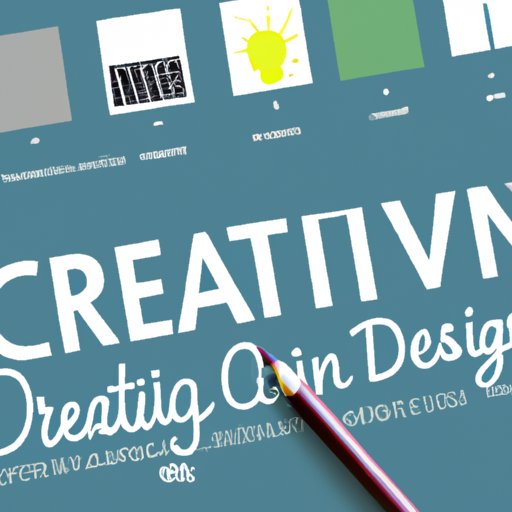
How to Create an Effective Creative Design
Creating an effective creative design requires time, effort, and creativity. Here are some steps that designers can take to create a successful design:
Brainstorming Ideas: Brainstorming is an important part of the design process. It allows designers to come up with new ideas and explore different approaches to the design.
Developing a Concept: Once the ideas have been brainstormed, the designer can develop a concept for the design. This involves choosing the elements that will be used, such as colors and fonts, and deciding how they will be used to create the desired effect.
Choosing the Right Tools and Materials: The right tools and materials must be chosen in order to create the design. This includes software, hardware, and other materials such as paper and fabric.
Refining the Design: The design should be refined and tested until it meets the needs of the target audience. This may involve making changes to the design, such as adjusting the colors or changing the layout.
The Benefits of Creative Design Thinking
Creative design thinking has numerous benefits. According to a study by Psychology Today, creative design thinking enhances problem-solving skills, increases productivity, and boosts creativity. The study found that people who engage in creative design thinking are better able to think outside the box and come up with innovative solutions to difficult problems.
The Role of Technology in Creative Design
Technology has had a profound impact on creative design. Digital tools and technologies have made it easier than ever for designers to create innovative designs quickly and efficiently. Technology has allowed designers to experiment with new techniques and materials, and to create designs that could not have been created without it.
In addition, technology has made it possible for designers to collaborate with others from around the world. This has opened up new opportunities for collaboration and innovation, and has made it easier for designers to share their work and get feedback from others.
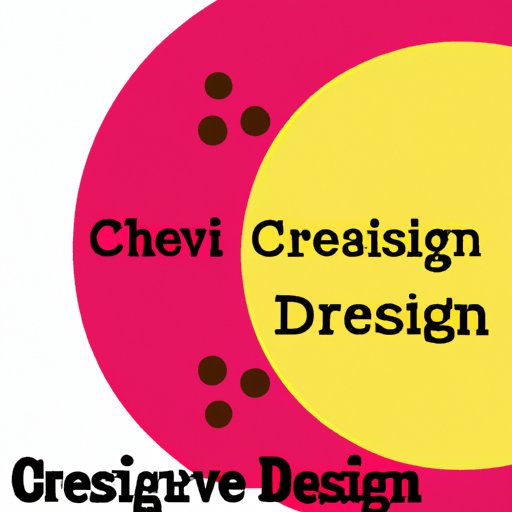
The Challenges of Creative Design
Despite the many advantages of creative design, there are also challenges that designers must face. One of the biggest challenges is balancing art and science. Designers must be able to combine technical knowledge with creative thinking in order to create successful designs.
In addition, designers must stay up to date with changing trends in order to remain competitive. They must also be able to adapt to new technologies and find ways to use them effectively in their designs.
Conclusion
Creative design is an art form that combines aesthetics with function. It is used to create products, marketing campaigns, architecture, websites, and more. This article explored the basics, principles, examples, benefits, challenges, and role of technology in creative design. Ultimately, creative design is a powerful tool that can be used to create innovative designs that meet the needs of the target audience.
(Note: Is this article not meeting your expectations? Do you have knowledge or insights to share? Unlock new opportunities and expand your reach by joining our authors team. Click Registration to join us and share your expertise with our readers.)
